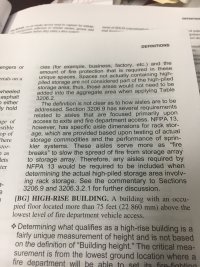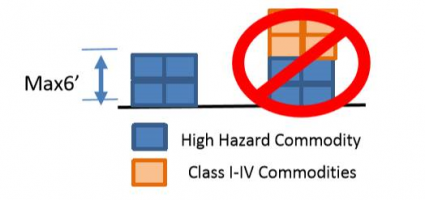Fire Protection Engineer
IFC allows you to require a report 104.7.2
I don't think I can use this. The IFC has not been adopted and I can only use the sections that the IBC sends me to. We don't have a fire code official too. We don't do any periodical inspections here. Once they have a C. O. we can't go there anymore.
[A] 104.7.2 Technical assistance. To determine the
acceptability of technologies, processes, products, facilities,
materials and uses attending the design, operation or
use of a building or premises subject to inspection by the
fire code official, the fire code official is authorized to
require the owner or owner’s authorized agent to provide,
without charge to the jurisdiction, a technical opinion and
report. The opinion and report shall be prepared by a qualified
engineer, specialist, laboratory or fire safety specialty
organization acceptable to the fire code official and shall
analyze the fire safety properties of the design, operation
or use of the building or premises and the facilities and
appurtenances situated thereon, to recommend necessary
changes. The fire code official is authorized to require
design submittals to be prepared by, and bear the stamp of,
a registered design professional


